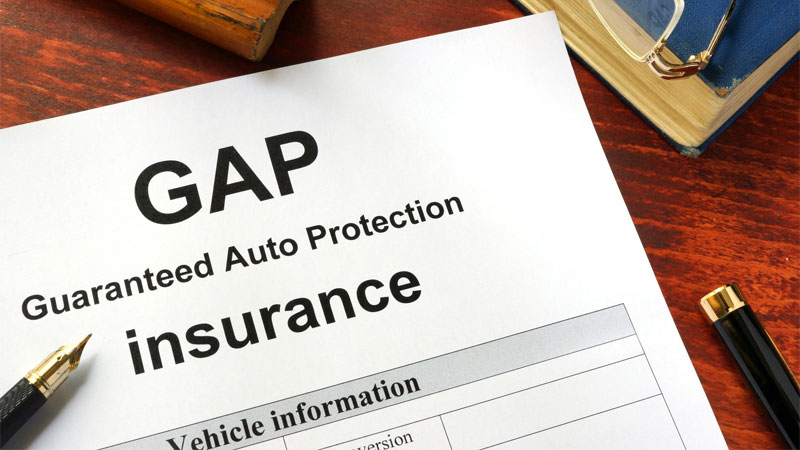How Accidents Affect Car Prices
You’re driving down the road, paying attention to your surroundings, and out of nowhere, a car clips your right rear fender. Somehow, you maintain control of the vehicle and manage to make your way off to the side of the road to assess the situation. Fortunately, everyone is okay, but … Read more




